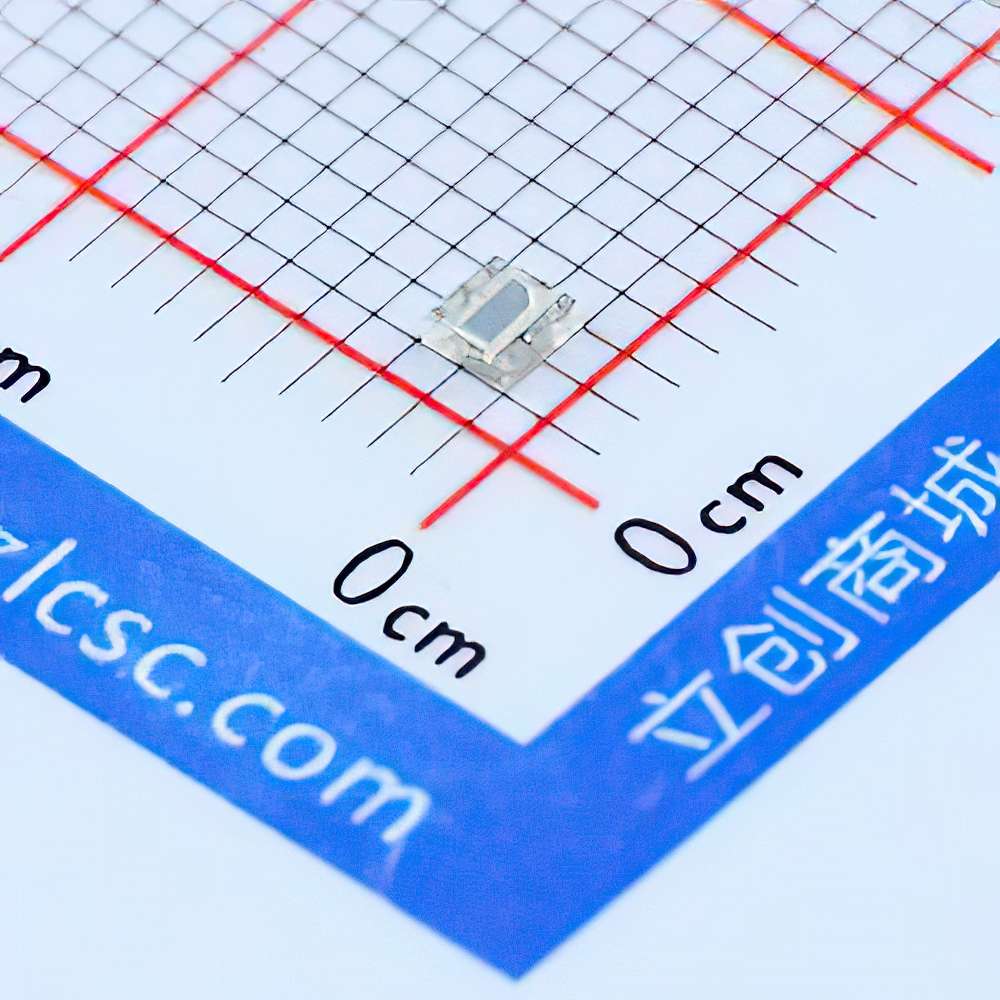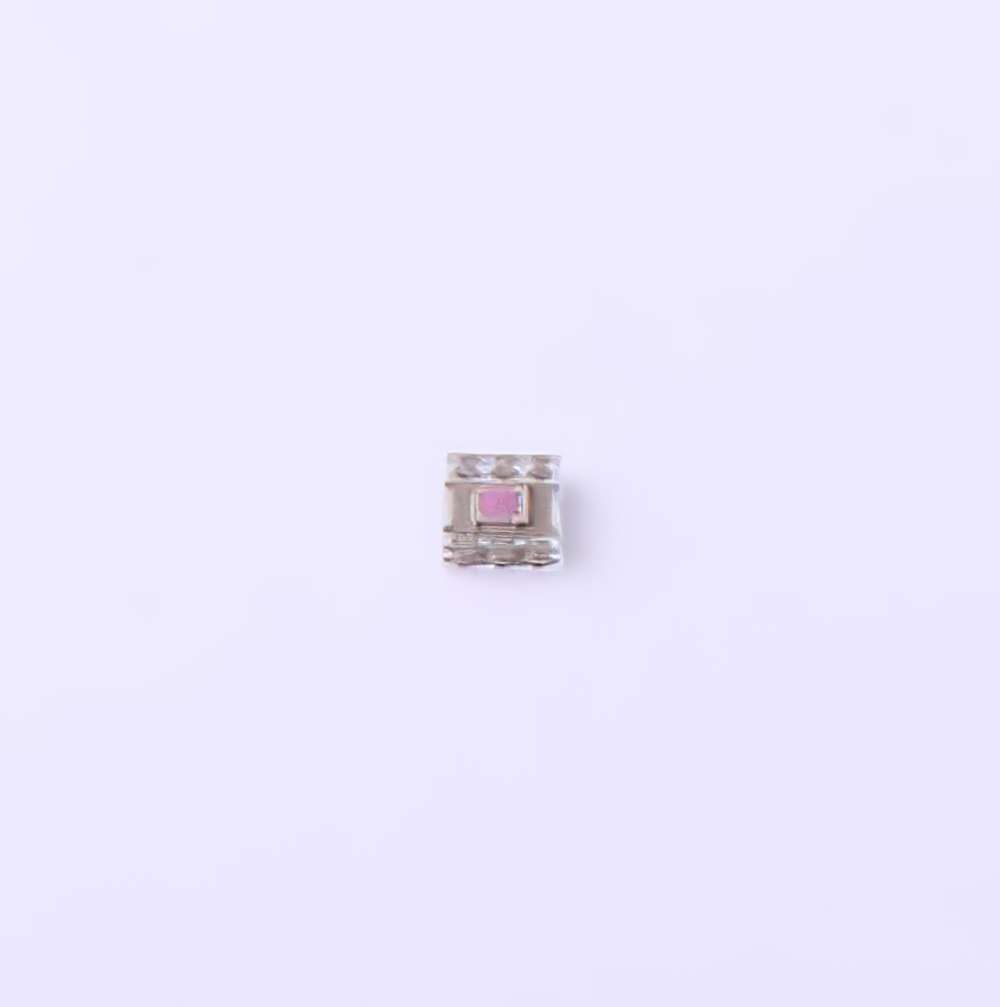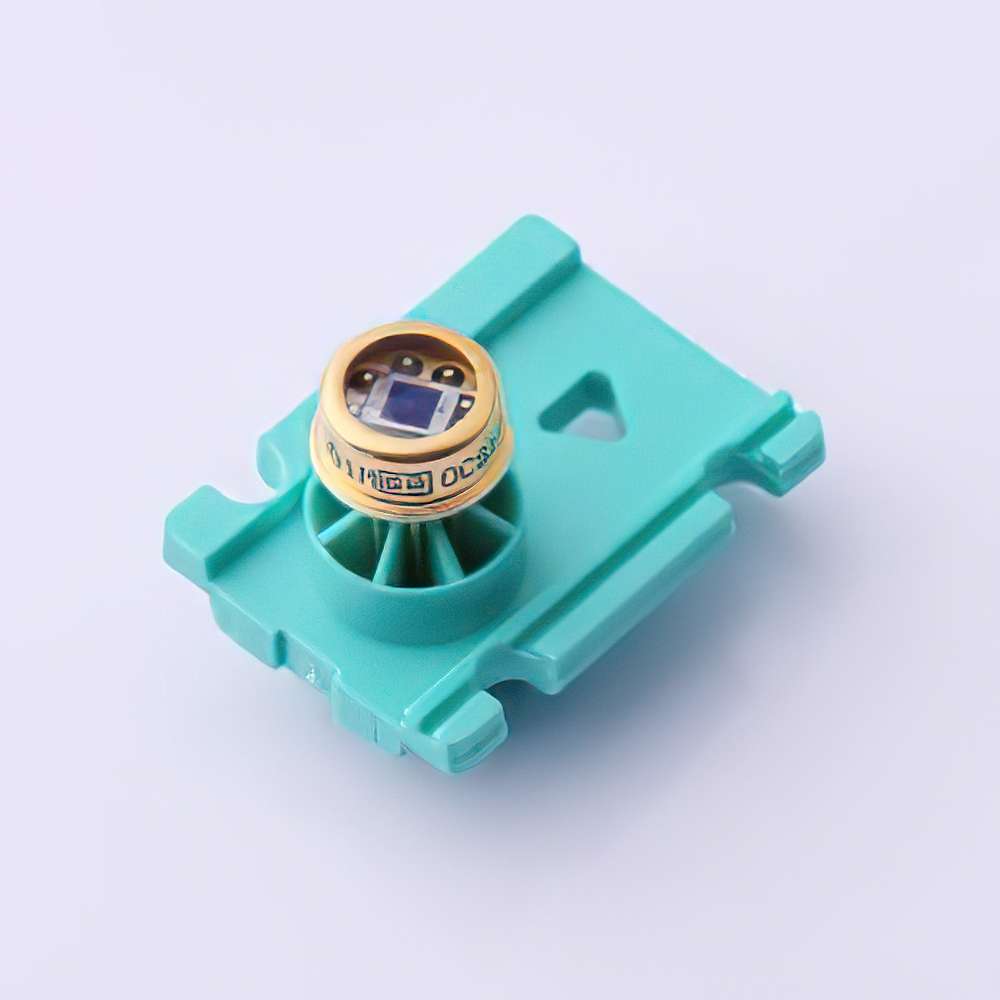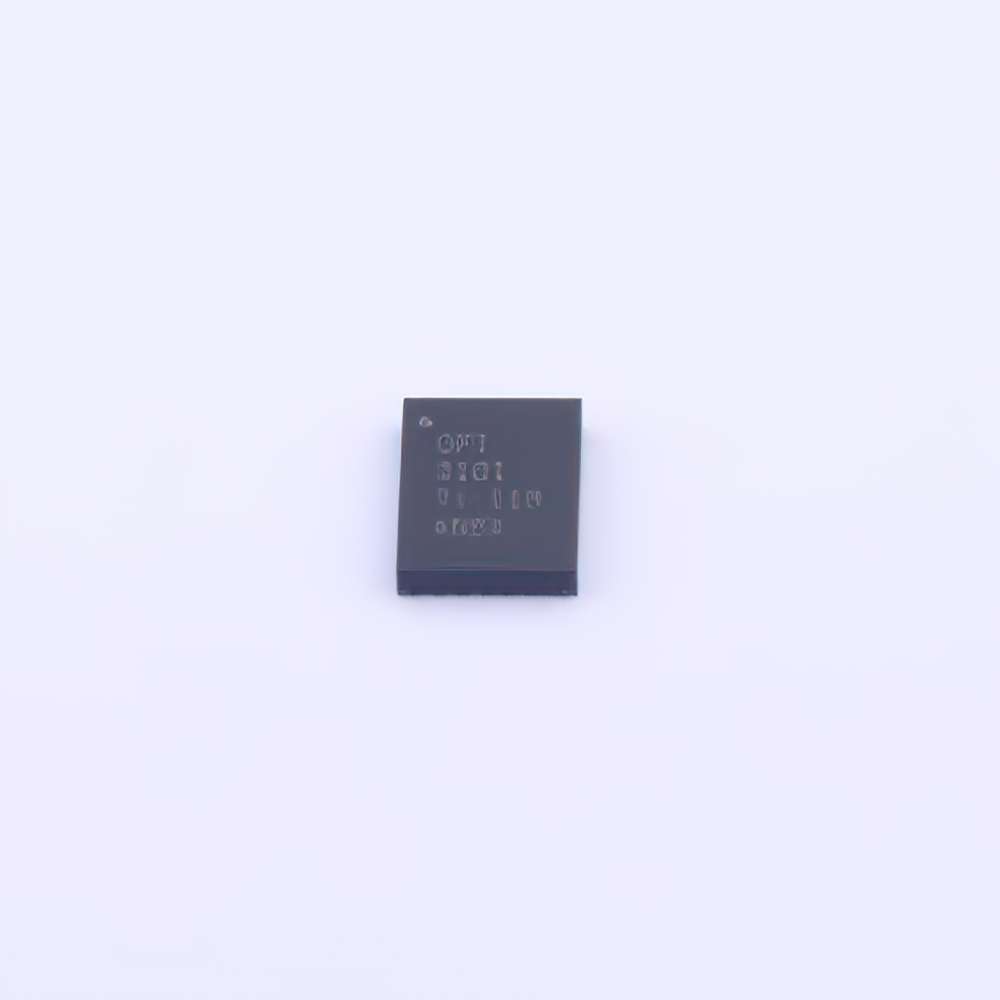TI (Texas Instruments)
图片可能具有代表性。
产品详情请参阅规格.
产品详情请参阅规格.

OPT3001DNPR
OPT3001DNPR
型号
OPT3001DNPR
类目
Sensors > Ambient Light Sensors
制造商/品牌
TI (Texas Instruments)
封装
USON-6-EP(2.1x2.1)
包装
taping
包裹数量
3000
简介
OPT3001 Ambient Light Sensor
请求报价
请填写所有必填字段并点击“提交”,我们将在12小时内通过电子邮件与您联系。如果您有任何问题,请留言或发送电子邮件至 2762329346@qq.com,我们将尽快回复。
有货 96858 PCS
联系信息

more_pkgimg

more_schimg

more_3dimg
more_spec
About Texas Instruments
Texas Instruments (TI) is a publicly traded company that designs and manufactures semiconductor and computer technology products.
It was founded in 1930 and is headquartered in Dallas, Texas.
TI is a global leader in the production of analog and digital signal processing (DSP) integrated circuits, as well as embedded processors and other microcontroller products.
The company serves customers in a variety of industries, including automotive, communications, computing, industrial, and consumer electronics.
TI's product portfolio includes data converters, amplifiers and comparators, power management ICs, microcontrollers, sensors, and wireless connectivity solutions, among others.
TI is committed to innovation and customer satisfaction, and has a long history of delivering high-quality, reliable products to its customers.
With a focus on sustainability and energy efficiency, TI is dedicated to making a positive impact on the world through its technology and products.
*This information is for general informational purposes only, we will not be liable for any loss or damage caused by the above information.
Texas Instruments (TI) is a publicly traded company that designs and manufactures semiconductor and computer technology products.
It was founded in 1930 and is headquartered in Dallas, Texas.
TI is a global leader in the production of analog and digital signal processing (DSP) integrated circuits, as well as embedded processors and other microcontroller products.
The company serves customers in a variety of industries, including automotive, communications, computing, industrial, and consumer electronics.
TI's product portfolio includes data converters, amplifiers and comparators, power management ICs, microcontrollers, sensors, and wireless connectivity solutions, among others.
TI is committed to innovation and customer satisfaction, and has a long history of delivering high-quality, reliable products to its customers.
With a focus on sustainability and energy efficiency, TI is dedicated to making a positive impact on the world through its technology and products.
*This information is for general informational purposes only, we will not be liable for any loss or damage caused by the above information.
more_desctext
Digital Ambient Light Sensor (ALS) With High-Precision Human-Eye Response
Pin Count--------7
Part Category--------Integrated Circuit
Package Category--------Small Outline No-lead
Footprint Name--------Small Outline No-lead - DNP0006A
Pin Count--------7
Part Category--------Integrated Circuit
Package Category--------Small Outline No-lead
Footprint Name--------Small Outline No-lead - DNP0006A
download_pdf
more_faq
OPT3001DNPR Frequently Asked Questions (FAQs)
What is the recommended PCB layout for the OPT3001DNPR to ensure accurate lux measurements?
A good PCB layout practice is to keep the OPT3001DNPR away from other components that may interfere with its light sensing capabilities. A minimum clearance of 1 mm around the device is recommended. Additionally, the PCB should be designed to minimize light piping effects, and the device should be placed on a solid ground plane to reduce noise.
How do I calibrate the OPT3001DNPR for accurate lux measurements?
The OPT3001DNPR does not require calibration. It is a digital ambient light sensor that provides a calibrated digital output in lux. However, it is recommended to perform a one-time calibration during manufacturing or production to account for any variations in the device. This can be done by exposing the device to a known light source and adjusting the internal calibration registers accordingly.
What is the effect of temperature on the OPT3001DNPR's accuracy?
The OPT3001DNPR is designed to operate over a wide temperature range of -40°C to 85°C. However, temperature changes can affect the device's accuracy. The device's sensitivity decreases by approximately 0.5% per degree Celsius above 25°C. It is recommended to compensate for temperature effects in the system design to ensure accurate lux measurements.
How do I handle the OPT3001DNPR's output data to ensure accurate lux measurements?
The OPT3001DNPR outputs a 16-bit digital value that represents the ambient light intensity in lux. To ensure accurate measurements, it is recommended to use a moving average filter to reduce noise and oscillations in the output data. Additionally, the system design should account for the device's resolution and accuracy specifications to ensure reliable lux measurements.
Can the OPT3001DNPR be used in applications with high-intensity light sources?
The OPT3001DNPR is designed to measure ambient light intensities up to 83,000 lux. However, it is not recommended to expose the device to direct sunlight or high-intensity light sources (>100,000 lux) as it may cause damage to the device. In such applications, it is recommended to use optical filters or diffusers to reduce the light intensity and prevent damage to the device.
What is the recommended PCB layout for the OPT3001DNPR to ensure accurate lux measurements?
A good PCB layout practice is to keep the OPT3001DNPR away from other components that may interfere with its light sensing capabilities. A minimum clearance of 1 mm around the device is recommended. Additionally, the PCB should be designed to minimize light piping effects, and the device should be placed on a solid ground plane to reduce noise.
How do I calibrate the OPT3001DNPR for accurate lux measurements?
The OPT3001DNPR does not require calibration. It is a digital ambient light sensor that provides a calibrated digital output in lux. However, it is recommended to perform a one-time calibration during manufacturing or production to account for any variations in the device. This can be done by exposing the device to a known light source and adjusting the internal calibration registers accordingly.
What is the effect of temperature on the OPT3001DNPR's accuracy?
The OPT3001DNPR is designed to operate over a wide temperature range of -40°C to 85°C. However, temperature changes can affect the device's accuracy. The device's sensitivity decreases by approximately 0.5% per degree Celsius above 25°C. It is recommended to compensate for temperature effects in the system design to ensure accurate lux measurements.
How do I handle the OPT3001DNPR's output data to ensure accurate lux measurements?
The OPT3001DNPR outputs a 16-bit digital value that represents the ambient light intensity in lux. To ensure accurate measurements, it is recommended to use a moving average filter to reduce noise and oscillations in the output data. Additionally, the system design should account for the device's resolution and accuracy specifications to ensure reliable lux measurements.
Can the OPT3001DNPR be used in applications with high-intensity light sources?
The OPT3001DNPR is designed to measure ambient light intensities up to 83,000 lux. However, it is not recommended to expose the device to direct sunlight or high-intensity light sources (>100,000 lux) as it may cause damage to the device. In such applications, it is recommended to use optical filters or diffusers to reduce the light intensity and prevent damage to the device.
关键词 OPT3001DNPR
OPT3001DNPR 电子元件
OPT3001DNPR 销售
OPT3001DNPR 供应商
OPT3001DNPR 分销商
OPT3001DNPR 数据表
OPT3001DNPR 图片
OPT3001DNPR 报价
OPT3001DNPR 提供
OPT3001DNPR 最低价格
OPT3001DNPR 搜索
OPT3001DNPR 购买
OPT3001DNPR 芯片
×
![]()









